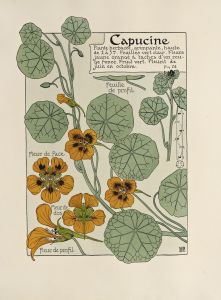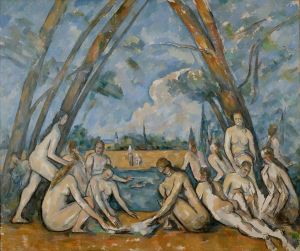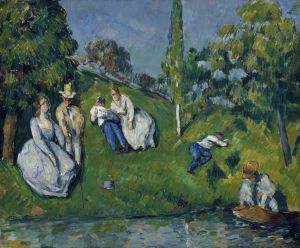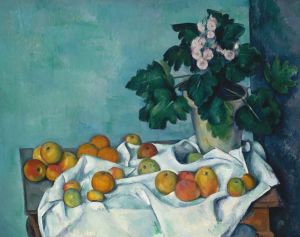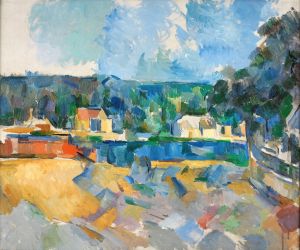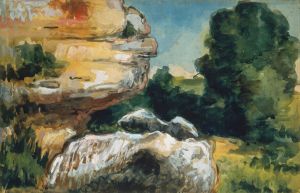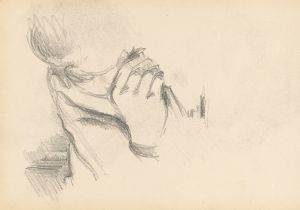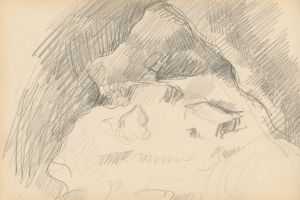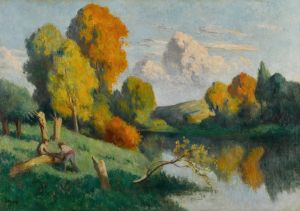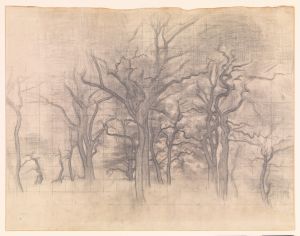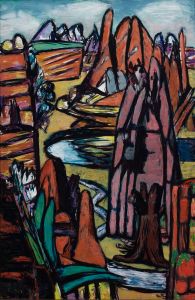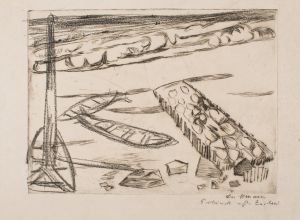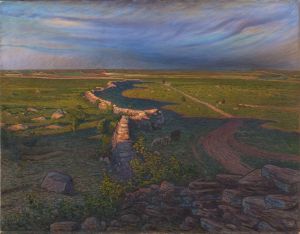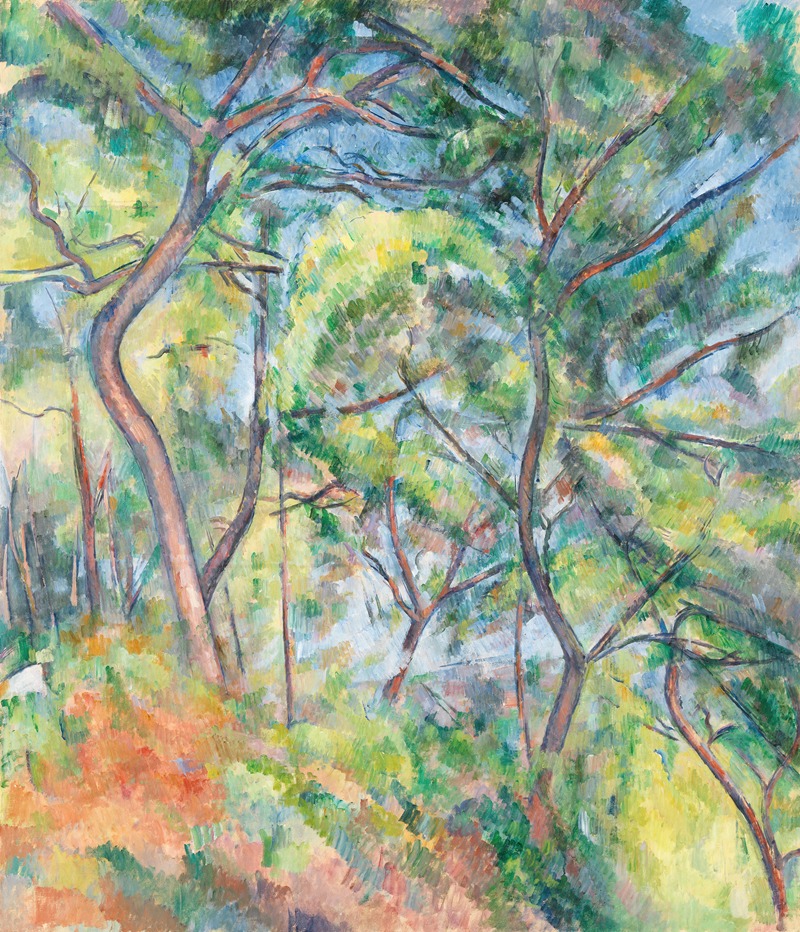
Sous-Bois
A hand-painted replica of Paul Cézanne’s masterpiece Sous-Bois, meticulously crafted by professional artists to capture the true essence of the original. Each piece is created with museum-quality canvas and rare mineral pigments, carefully painted by experienced artists with delicate brushstrokes and rich, layered colors to perfectly recreate the texture of the original artwork. Unlike machine-printed reproductions, this hand-painted version brings the painting to life, infused with the artist’s emotions and skill in every stroke. Whether for personal collection or home decoration, it instantly elevates the artistic atmosphere of any space.
"Sous-Bois" (translated as "Underwood" or "Forest Interior") is a painting by the French Post-Impressionist artist Paul Cézanne. Created around 1894, this work exemplifies Cézanne's innovative approach to landscape painting, which significantly influenced the development of modern art.
Paul Cézanne was born on January 19, 1839, in Aix-en-Provence, France. He is often credited with bridging the gap between late 19th-century Impressionism and the early 20th century's new line of artistic inquiry, Cubism. His unique method of building form with color and his analytical approach to nature profoundly impacted the art world.
"Sous-Bois" is a testament to Cézanne's fascination with the natural world and his desire to capture the essence of the landscape through his distinctive style. The painting depicts a dense forest scene, characterized by a rich interplay of light and shadow. Cézanne's brushwork in "Sous-Bois" is both deliberate and expressive, showcasing his ability to convey the complexity of nature through a series of carefully constructed brushstrokes.
The composition of "Sous-Bois" is notable for its use of color and form to create a sense of depth and structure. Cézanne employs a palette of greens, browns, and blues to depict the foliage and the forest floor, with dappled sunlight filtering through the trees. The artist's technique involves layering colors to build up the forms of the trees and the undergrowth, creating a textured and dynamic surface.
Cézanne's approach to perspective in "Sous-Bois" is also significant. Rather than adhering to traditional linear perspective, he uses color and brushwork to suggest spatial relationships. This method allows the viewer to experience the painting in a more immersive and holistic way, as if stepping into the forest themselves.
The painting reflects Cézanne's belief that art should not merely replicate reality but should instead capture the underlying structure and order of the natural world. His focus on the geometric shapes within the landscape—such as the vertical lines of the tree trunks and the horizontal planes of the forest floor—demonstrates his interest in the fundamental forms that make up the environment.
"Sous-Bois" is housed in the Musée d'Orsay in Paris, France, which holds one of the most extensive collections of Cézanne's work. The museum's collection provides valuable insight into the artist's development and his contributions to the evolution of modern art.
Cézanne's influence extends beyond his own time, as his work laid the groundwork for future movements such as Cubism and Abstract Expressionism. Artists like Pablo Picasso and Georges Braque drew inspiration from Cézanne's innovative use of form and color, acknowledging his role in shaping the trajectory of 20th-century art.
In summary, "Sous-Bois" by Paul Cézanne is a significant work that exemplifies the artist's revolutionary approach to landscape painting. Through his use of color, form, and perspective, Cézanne captures the essence of the forest interior, offering viewers a glimpse into his unique vision of the natural world. The painting remains an important piece in the history of art, reflecting Cézanne's enduring legacy and his impact on subsequent generations of artists.





